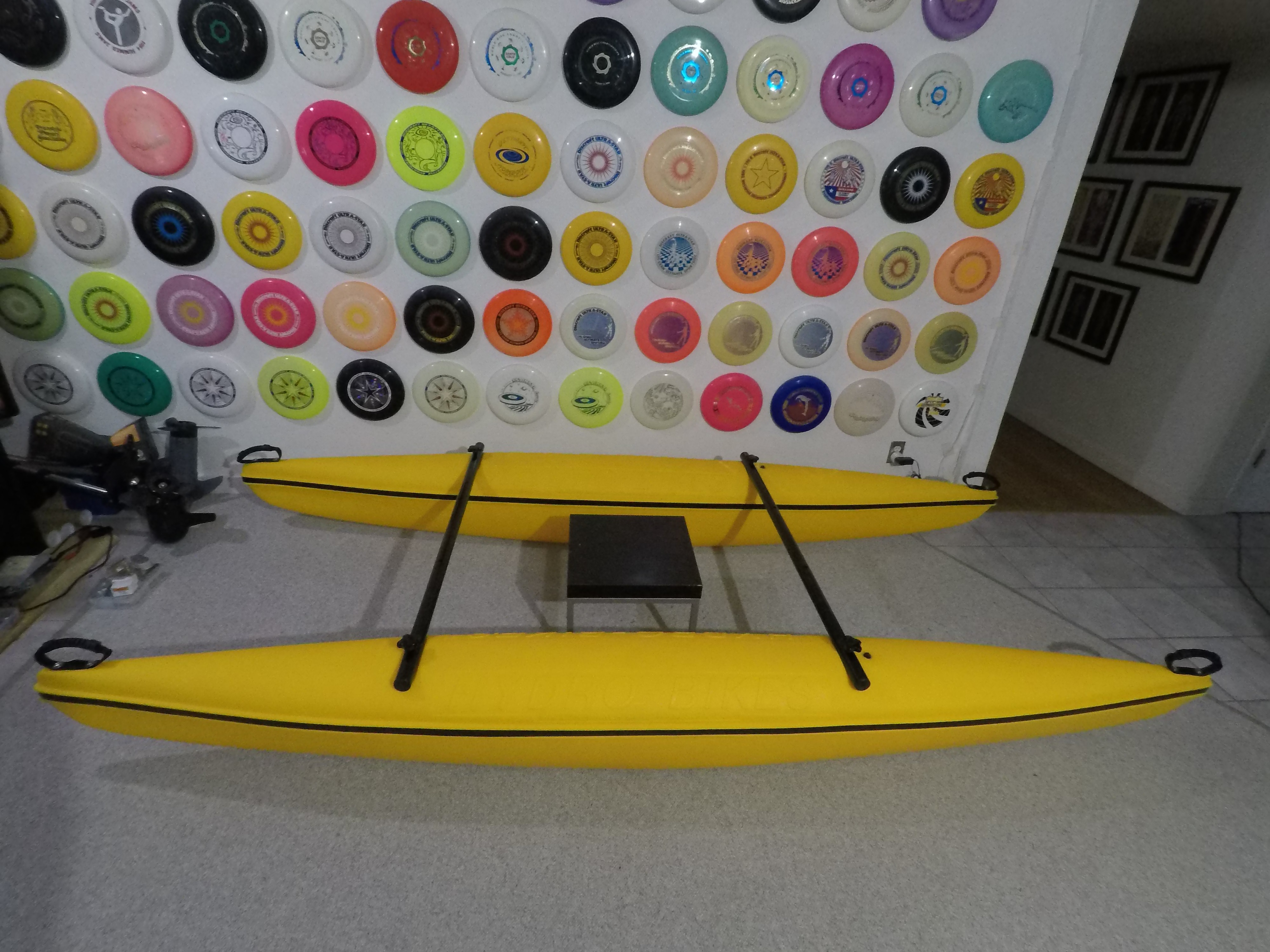bobkart said:
I've settled on the following requirements:
- boat length in the 3-5-meter range
- reasonably seaworthy as I won't be confined to just rivers and lakes (Puget Sound is calling)
- minimum two persons capacity, four is more likely what we want
- around 20mph top speed would be the target
- I'd like to get at least one hour of battery runtime at that top speed
I've settled on the catamaran approach. These are typically termed 'semi displacement' hulls. With long/narrow ('fine') hulls you can overcome the so-called 'hull speed' limit much more easily, because the waves generated are small enough to not contribute to overall drag as much as those of a monohull boat.
This boat would be an example of what I'm talking about:
https://www.boatworkscle.com/whitcat
(But longer than I'm looking for.) This style of boat has advantages (beyond better hydrodynamic efficiency) of a larger deck area than a similar sized monohull boat, and less risk of sinking (and no need for a bilge pump), as they can't be swamped ('self bailing'). Good rough-water handling is also a common feature of this style of boat, due to the 'wave-piercing' style of the hulls.
I've also broadened the scope of my interest to include 'personal watercraft' of the style outlined. Advantages here include hand-launchability (no need for a trailer or boat ramp) and two people (in two boats) can split up during explorations, and just generally have more fun, chasing/following each other around. There's also more redundancy in the event of a failure. And, this approach gives me something of a testbed, to try out ideas that may carry over to the full-sized version. These boats would of course only be suitable for small rivers and lakes.
Pursuant to that one-person-boat interest, I just ordered the
Build Your Own Boat version of a Hydrobike:
https://hydrobikesontario.com/
You get a pair of hulls and a pair of crossbars. I'll add a small deck, seat, and motor mount, and try the two electric motors I have so far, and take it from there.

